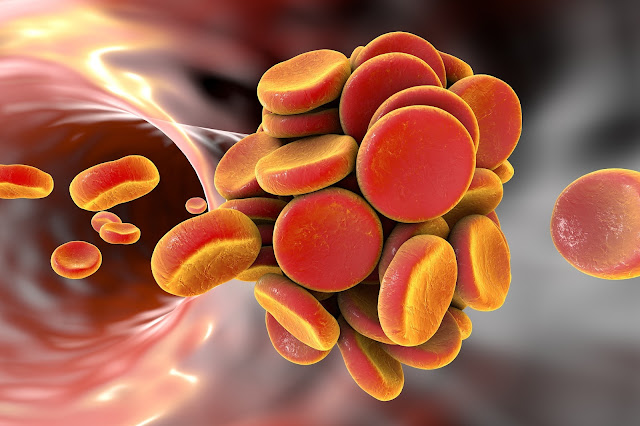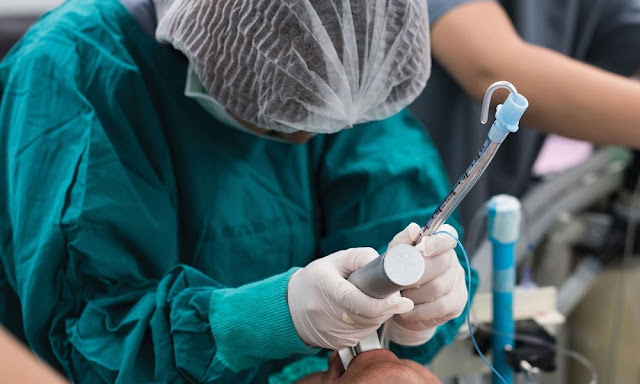Multilingual Interpretation: Enabling Cross-Cultural Communication

Multilingual Interpretation With globalization and increased mobility, multilingual interpretation has become an integral part of modern societies. The ability to communicate effectively across different languages and cultures is essential for international trade, diplomacy, healthcare, education and many other domains. In this article, we will discuss the role and importance of multilingual interpretation, the different modalities used for interpretation and some of the key challenges in this field. Significance of Multilingual Interpretation As the world becomes more interconnected, the need for communication across different languages has increased manifold. Whether it is negotiations between business partners from different countries, a patient consulting a doctor who does not speak their language or international delegations discussing treaties, having competent interpreters has become indispensable. Some key areas where interpretation plays a vital role are: - Internati...








